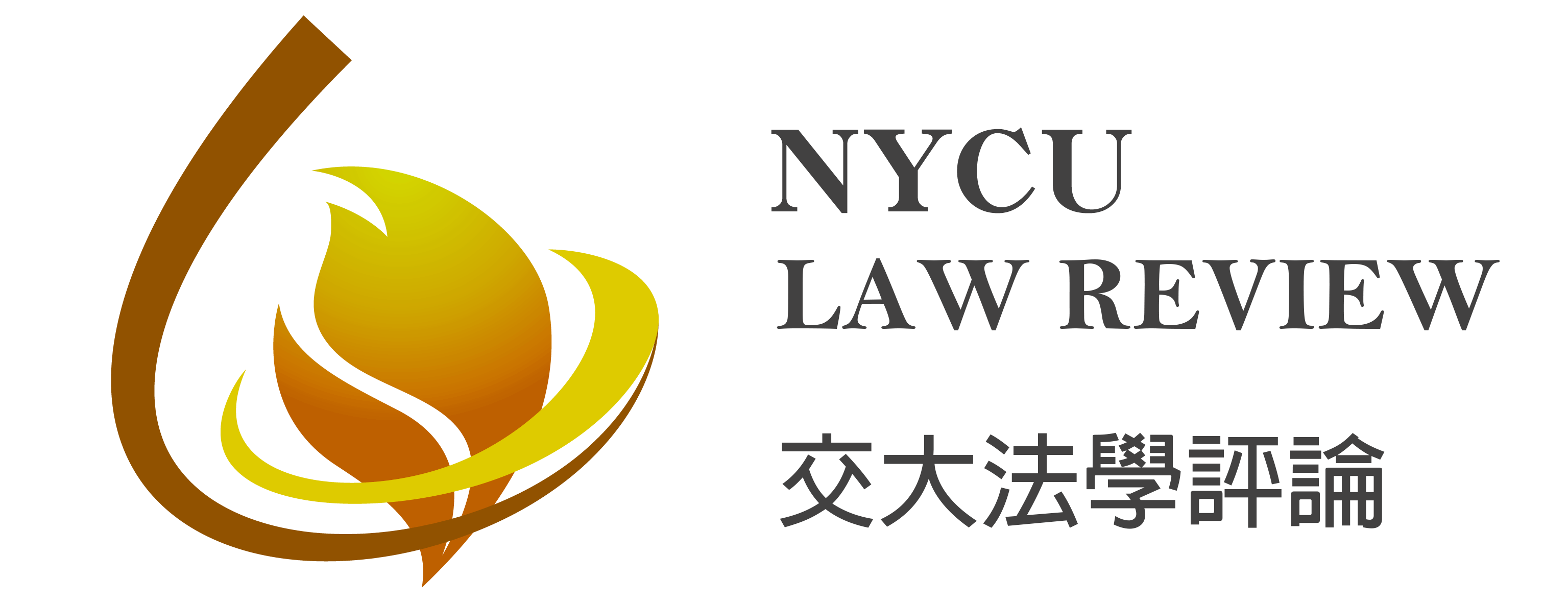| Title | |
| Exploring Roles & Positions of LED Companies Involved in Patent Infringement Litigations —A Social Network Analysis | |
| Author | |
| Wen-Lan Yang | |
| Keywords | |
| Patent Infringement Litigation, Social Network Analysis, Role and Position, Patent Value, Litigation Strategy |
|
| Abstract | |
| Intellectual properties are the most important intangible assets of high-tech companies. When high tech companies want to initiate any legal action in protecting their intellectual properties, they tend to take the business strategies and goals into consideration, hoping to gain the best interest for their entities. For example, competitors may start patent infringement lawsuits to create roadblocks for production; and as a result, they will establish an advantageous position in negotiating the patent royalties. Further, the underlying value of a patent can be evaluated by how often this patent is chosen as the target for infringement lawsuits. Patent litigation is an important competitive strategy leveraged by high-tech companies. Therefore, it is important to understand the intention of companies that bring the action of patent litigation. In this study, the major data set is collected from patent infringement lawsuits in the LED (Liquid Emitting Diode) industry. Through a careful selection process, 64 lawsuits and 24 companies have been further analyzed and studied for this paper. The motivations of the patent litigation initiators are identified by the descriptive statistics and the impact of social network. The “out-degree centrality” and “eigenvector centrality” in the patent litigation network form the active intent index; on the other hand, “in-degree centrality” forms the passive intent index. This study utilizes the active intent index (the offensive) and the passive intent index (the offensive) to categorize the 24 companies into four distinct roles in the litigation: key players, patent trolls, victims and bystanders. The purpose of conducting such analysis is to understand high-tech companies’ motivation of initiating litigations and the underlying value of patents in those cases. This analysis concludes three major findings. First, key players usually take litigation as a part of business strategies and occupy an advantageous position. Secondly, patent trolls are not intimidated by counterclaims or counter-lawsuits. And thirdly, the strategy of bystanders is to increase the value of their patent portfolios by acquiring the related patents. |
|
| Abstract | Article |
|
291 Downloads |
666 Downloads |
